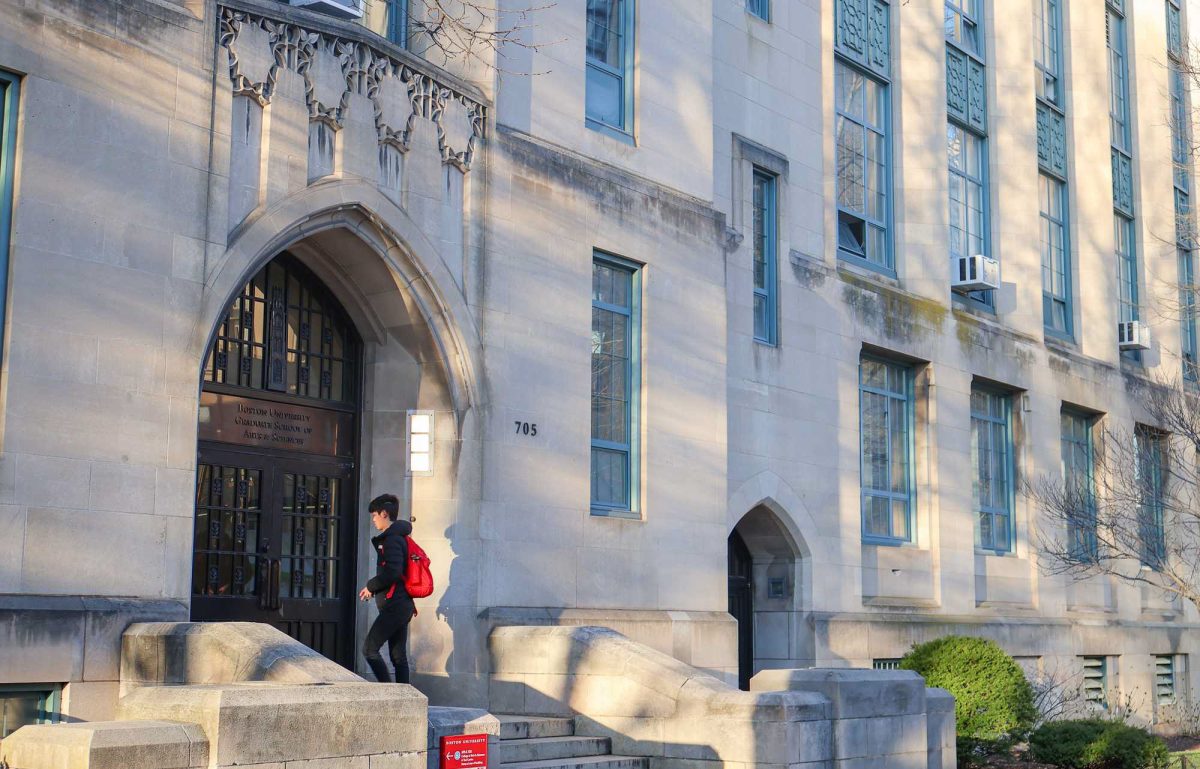The following article is the second in a two-part series about safety for students studying abroad.
Poor road conditions may have contributed to the May 12 car crash in New Zealand, said a New Zealand–based road safety expert, although police have ruled road conditions out as a factor in the accident.
Clive Matthew-Wilson, editor of the car review website dogandlemon.com, which was the first to publish crash test results in New Zealand and has since been active in road safety, said the road itself may have played a part in the accident.
While the driver, School of Hospitality Administration junior Stephen Houseman, may have had a momentary lapse of attention, the road may have added to the severity of the crash, Matthew-Wilson said.
“His front left wheel has gone off the edge of the white line, and when it’s gone off the white line, it’s gone off the road entirely and has dropped down into gravel,” he said in a phone interview.
Matthew-Wilson said momentarily having one wheel on gravel and one wheel on asphalt could have caused the crash.
“If you have one wheel on gravel and one wheel on asphalt, one wheel will stick and one wheel will slide,” he said. “That skews the vehicle sideways and sets up exactly the sort of roll that occurred.”
The subsequent crash killed three BU students and injured four others. The students were part of BU’s study abroad programs in New Zealand and Sydney, Australia, and were on a student-organized weekend trip when the van they were traveling in crashed.
Houseman faces three charges of careless driving causing death and four charges of careless driving causing injury, as previously reported by The Daily Free Press.
The charges were laid on the driver after police concluded there were no other factors in the crash, said Ross Henderson, a New Zealand police spokesman in an email.
“The Police Serious Crash Unit has completed its investigation and is satisfied there were no vehicle or scene factors which contributed to the crash,” according to a May 18 press release.
Matthew-Wilson said the driver might have overcorrected trying to get back straight on the road, but that steering with one wheel on gravel and one wheel on asphalt is difficult and risky.
“It’s an accident waiting to happen,” he said.
The maximum punishment for one charge of careless driving causing injury or death is a $4,500 fine or three months imprisonment as outlined in New Zealand Land Transport Act 1998, Henderson said.
Matthew-Wilson said simple safety measures could be taken to help prevent crashes on roads where gravel is close to asphalt.
“You simply move the white line a foot inward, its effect is that the eye scans down the road and tries to aim between the white lines,” he said. “So, if your attention gets distracted for a moment and you go over the white line, you’re still on asphalt.”
He said the presence of rumble strips, which are patches of road that alert the driver of dangerous conditions, could have helped.
“There should have been a rumble strip on the left hand side of the white line, so that before the driver even got to the white line, he had a strong audial warning that there was something wrong,” Matthew-Wilson said.
Matthew-Wilson said more roads should be upgraded to have rumble strips.
“What the government does is it tends to concentrate on busy roads,” he said. “That’s not wrong in itself, but the problem is that most of New Zealand is rural and, although this road is perfectly good from a theoretical point of view, it’s completely unforgiving.”
A 2009 study published by the New Zealand Transport Agency found that rumble strips could be useful in preventing accidents and recommended installing them on more roads.
“The outcome of the analysis of issues, discussion and the consultation was strong agreement that the usage of [rumble strips] should be substantially increased compared to the present level of about 5 percent of state highways,” according to the study.
New Zealand Transport Agency spokesman Andy Knackstedt said in the past five years there have been two accidents causing injury on the road where the fatal crash occurred.
“The NZTA, police and others endeavor to reach tourists and other overseas visitors with basic information and advice on driving safely on New Zealand roads,” he said in an email. “Driving conditions in NZ can be challenging, with our rugged terrain and topography. We encourage all visitors to drive with care.”
Matthew-Wilson said the charges against the driver are surprising and out of place.
“I’m staggered that the police would charge him under these circumstances because I’ve seen police cars drifting over white lines,” he said. “While it’s absolutely tragic what’s happened, it’s just one of those instances where absolutely everything went wrong, where a series of small mistakes ended up with three dead people.”

























































































































Brian • Jun 3, 2012 at 2:01 pm
Paste this location (-39.059671, 175.632387) into Google Maps and look at the road, you can see that for a stretch of the road there is NO line along the left side exactly where Stephen Houseman swerved to bring the van back onto the road. Not even an inch of shoulder, NO paint. It is a country road, so locals may think nothing of that fact. For a van full of 20 something’s from a major metropolitan area half way around the world, excited to be on the adventure of a lifetime, the deadly danger would not have been so obvious. New Zealand has a very high rate of road fatalities, the second highest in the world (3X any other western country according to the World Health Organization), possibly for the very reasons described in this article. It seems curious that road conditions could be eliminated as contributing given the facts. Take a look at the Google Maps photo.
John • Jul 2, 2012 at 12:54 am
According to the wikipedia page “List of countries by traffic-related death rate”, New Zealand 8.6 per 100,000 inhabitants. USA 12.3 per 100,000 inhabitants.
So where do I find these WHO statistics that you claim?
Mary Orencole • May 31, 2012 at 9:35 pm
This whole situation is a horrible tragedy and this student is a minor who has undergone a great deal of psychological trauma with the loss of his close friends. This was clearly an accident which could have happened to anyone. We should all be advocating for his immediate release and return to his family. I hope that BU and US officials will be working on his behalf for this.
Parissa • May 28, 2012 at 3:16 pm
The charges against the driver, a fellow BU student, are heartless, unfair, and upsetting. He is obviously already going through a lot emotionally, given that his friends died. Driving in New Zealand isn’t like in the states; you drive on the left side of the road in New Zealand. The side of the road factor and lack of rumble strip should be considered.